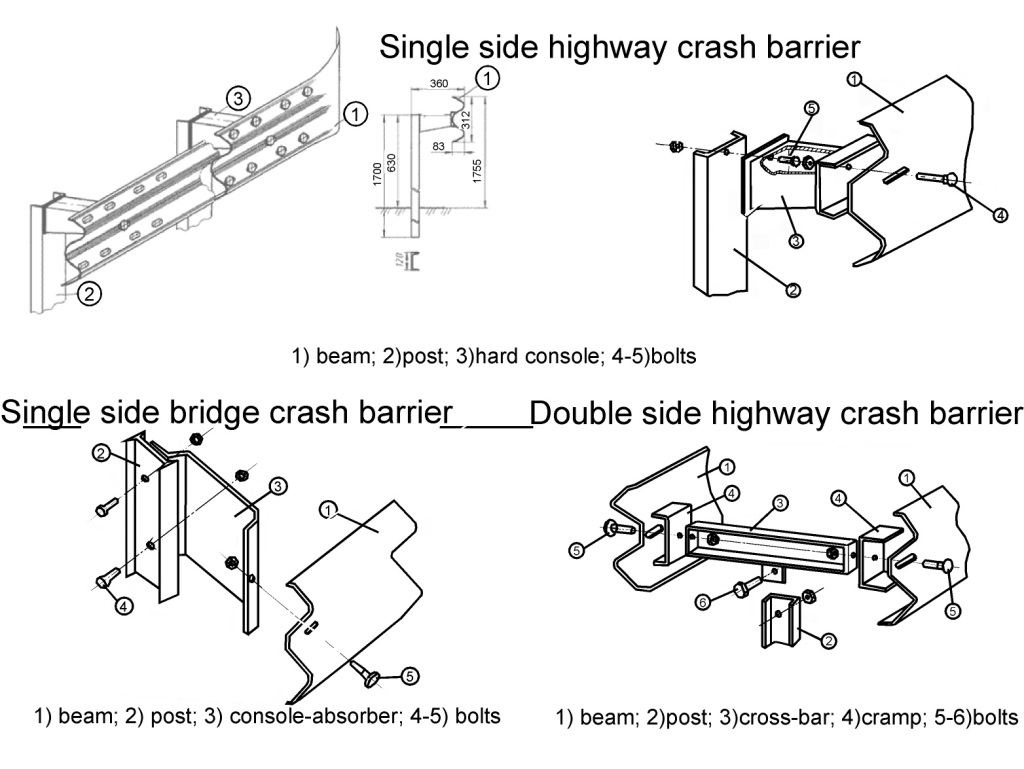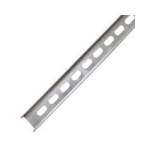Just like a road bridge routes the traffic from one point to another, in the same way a cable tray system is a structure that routes electric cables. A cable tray system may either be a standalone unit or an assemblage of units working in synergy to lend support to cables in a rigid manner. Through the raceway, the cable tray underlies the wire layout across exposed spans in the electrical system. Depending upon the application and type of structure of the Cable Tray system, there are various types of cable tray systems available.
Types of Cable Tray
Ladder Cable Tray as the name suggests resembles a ladder. It has two longitudinal members which are connected by multiple transverse members at regular intervals. Ladder cable tray is preferred when the support span is intermediate to long. The tray comes in a range of widths, depths, lengths and run spacing with the spectrum extending up to 36 ,6,24,18 inches respectively.
Solid Bottom Cable Tray is preferred in applications where the operating voltages are relatively lower and hence there is minimal ventilation requirement to dissipate the heat. These are primarily used where support spans are short to intermediate. Smaller instrumentation, telephone, computer, telecom and fiber optic cable can be routed from one location to another using a solid bottom cable tray. Protective layering made with metal, fiber glass and other materials are used for non-ventilated support.
Trough Cable Tray, either metallic or non-metallic, is preferred for cables that have moderate heat dissipation and hence need lesser ventilation than ladder cable. Cable support is provided at every 4 inch using transverse or radial members. The support span extends from 5-12 feet and maximum width, depth, length and fixed rung spacing are 36,6,24 feet and 4 inches respectively.
Channel Cable Trays are employed in areas where conduits are not used and minimal tray cables are required. Such tray is used for support span ranging from 5-10 feet. The standard width and length extends to a maximum of 8 inches and 24 feet respectively.
Wire Mesh Cable Tray can be customized to suit site requirements for telecom and fiber optic cables at low voltage. The tray is zinc plated with wire mesh configuration. The standard width, depth and length spans to a maximum of 24 in, 4 in, and 10 feet respectively.
Single rail cable tray can be installed relatively faster compared to other trays. Cable can be laid with ease for convenient entry and exit. The tray is useful for power cable applications where low voltage is involved. The tray can be mounted on walls in single or multitier manner. The standard width, depth and length spans to a maximum of 24 in, 6 in, and 12 feet respectively.
Safety and precautions
A cable tray is vulnerable to fires if it comes equipped with combustible cable jackets. If the fire spreads within the installation, it can result in a major catastrophe. This situation can be averted by using fire resistant cable jackets and also by applying a coat of fireproof material on installed cables. However, there is a caveat. Heavy coats of fire retardant material can severely compromise the heat dissipation capability of cables and as such proper cable ratings need to be picked up. Further, plastic cable trays with fiber-glass reinforcement can catch fire and as such proper fire-resistive arrangement is required.
Cable trays are installed in areas which can be reached with difficulty. Crammed spaces and irregular upkeep can lead to deposition of combustible dust.
Metallic cable trays or cable insulated with silicone foam seals exhibit expansion upon being heated. This susceptibility can be mitigated by using fire-stop mortars with recommended compressive strength and thickness.
How to source the Cable Tray
With its headquarters in Vadodara, Gujarat, Tanya Galvanizers is one of the leading engineering companies which tests and supplies superlative cable trays that would come good for all your cabling purposes.







